It’s no doubt that The Legend of Zelda has been a series that has touched all of our hearts as gamers. I could bore you with all the memories I have had with Link as I have watched the series grow and evolve with each new generation (but that is another post for another day), but even if you don’t know who Link is, you have to admit that Zelda, like Mario, pioneered many ideas and items we now take for granted such as battery backups (the original game on the NES), top down views (the original game, again), a large, non-linear world (once again, the original game), and a targeting system (Ocarina of Time), to name a few examples.
The Legend of Zelda: Skyward Sword
Developer: Nintendo
Platform: Wii (reviewed)
Like Mario, many of Zelda’s musical themes have wormed their way into popular culture (the secret noise and “ba-da-da-DAH!” being two examples–“ba-da-da-DAH!” has actually been spotted in non-Zelda games when a character gets an item)
With this year marking the series’ 25th anniversary, we also receive the latest chapter in the beloved series. Does it surpass Ocarina of Time? In some ways it does, and in other ways, it doesn’t.
There will be spoilers in here, so if you want to be surprised, click away now.
Still with me? Let’s dive into the legend…
Story: Very Good
This installment begins in a city in the sky named Skyloft, where Link is in training to become a knight. One aspect of this training is the Wing Ceremony, a bird race commemorating a knight’s bond with a Loftwing (phoenix-like birds the Skyloftians use for transportation) and the goddess’ providence over the world. After rescuing his Loftwing from his rival Groose (who reminded me of Gaston in Disney’s Beauty and the Beast), Link handily wins the race and a sailcloth from Zelda. But before he and Zelda can take to the skies in a post-race flight, a mysterious tornado spirits Zelda away, and Link discovers a special blade and Fi, the sword’s mysterious (and almost robot-like) guardian spirit. With Fi’s help, Link ventures down to the surface in a race to find Zelda and stop the evil force that threatens to consume both the earth and sky. It may sound simplistic on the surface, but once again, the huge cast of memorable characters and immense development for both them and Link earn it a rightful spot in the lineup of Zelda stories.
Graphics: Excellent
The Wii is again pushed to its full power in an intriguing blend of Twilight Princess’ realistic style with the whimsy of Wind Waker’s cel shaded style. Link looks more beautiful then ever, and the detail is fine enough you can see the details of hair, threads on his clothing, the wrinkles on his face when he smiles, and more. It’s not just the people that are detailed–so are the places and creatures in Skyloft and Hyrule. From a Loftwing’s feather to the grains of a tree trunk in Faron Woods, the sheer detail in the world makes you feel like you’re right there alongside Link.
Sound/Music: Excellent
The Zelda series has long been known for its wonderful music, and Skyward Sword is no exception. In addition to some old favorites (yes, the beloved main theme is in the game), there’s also plenty of new tunes that are destined to become classics–the haunting main theme of the Ballad of the Goddess, Fi’s Celtic inspired theme, the comical trombone-led theme that heralds Groose’s appearance, and the etheral dream-like music of the Silent Realms are just a sample of the diverse blend of music you’ll hear on your quest.
In keeping with the tradition of Link having a playable instrument on his adventure, Link has a harp availiable to him this time around, with the ability of learning five mystical melodies along the way. While not as complex as the ocarina (you can only play glissandos instead of individual notes), it is still simple to learn and fun to play. (although I wonder what it would have been like if you could play individual notes on the harp….)
Gameplay: Very Good
The game really shines on its gameplay yet again, with the main selling point being the usage of your Wiimote (with the WiiMotion Plus) as the sword. This means that some enemies are vulnerable to a specific slash, so swiping the air willy-nilly won’t get you very far. This adds a new dimension and a sense of realism to the fighting. However, this does come with a price: sometimes the WiiMotion Plus makes the controls work a little TOO well. For example, an early quest that involves climbing to a rooftop took me about ten minutes to finish because Link would jump off even if I slightly moved my Wiimote–so some actions will require a little caution to account for the extra sensitivity.
Longtime Zelda fans will notice that Link starts with six hearts instead of the traditional three, and with good reason–the dungeons are vast and challenging, and enemies can and do hit you hard if you’re not prepared. However, they are not so challenging that you’ll tear your hair out or throw the Wiimote at the wall–the game gives you just enough help to give you an idea of what to do next, but doesn’t hold your hand through the dungeon. In other words, easy enough for the casual crowd to enjoy, but hard enough for the long time fans that expect a challenge with every Zelda game.
 The Final Word
The Final Word
Aside from overly sensitive controls and a story some may find simple and cliche, the vast world, memorable characters, beautiful music, and challenging dungeons more than make up for it, making Skyward Sword a worthy addition to the Zelda pantheon and a fitting present for 25 years of adventures.
– MonsterVine Rating: 5 out of 5 – Excellent
Happy 25th birthday, Link–here’s to 25 more years of adventures!
Happy gaming,
SparklingBlue

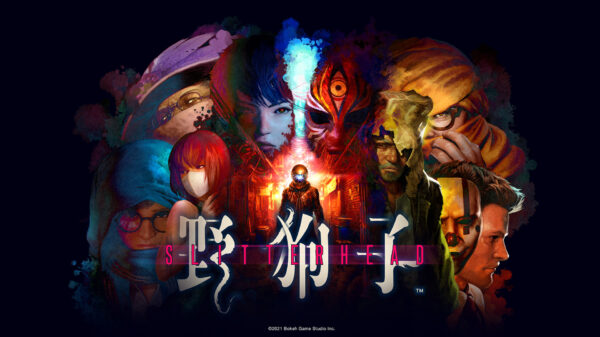
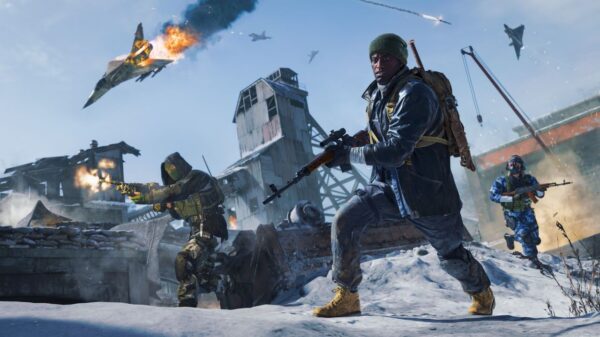
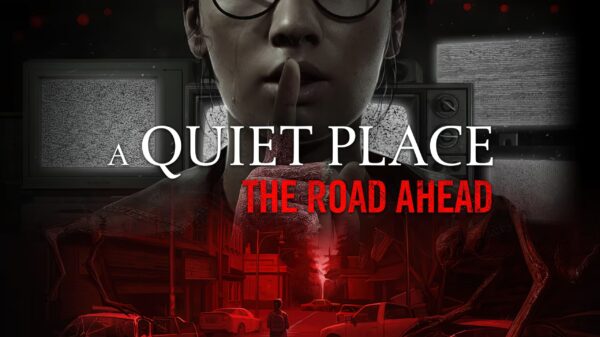
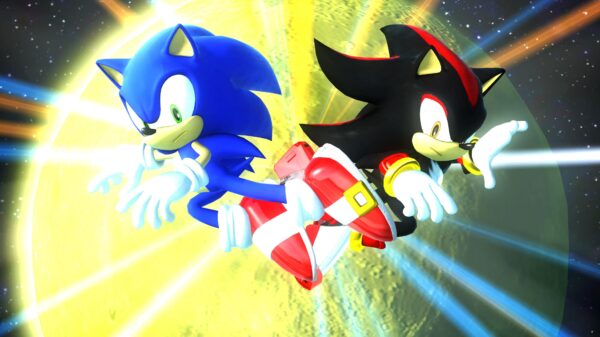
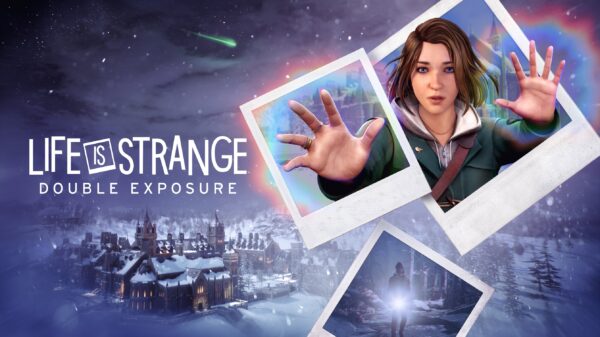









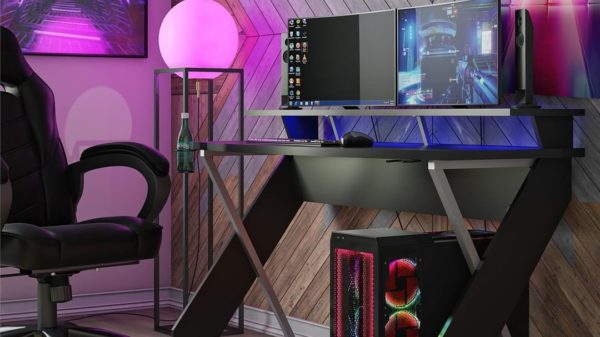












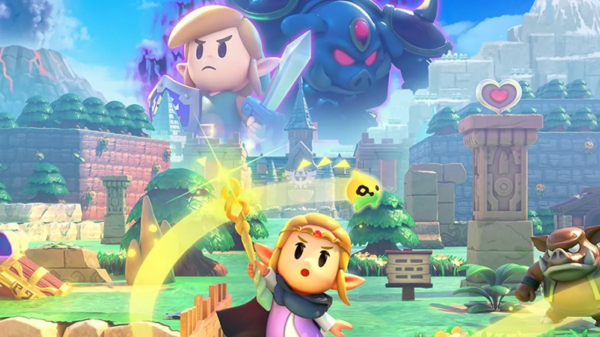
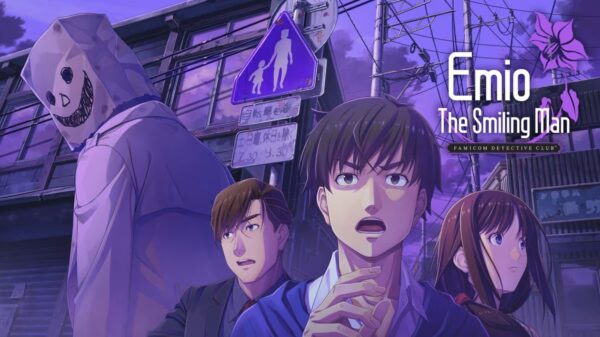
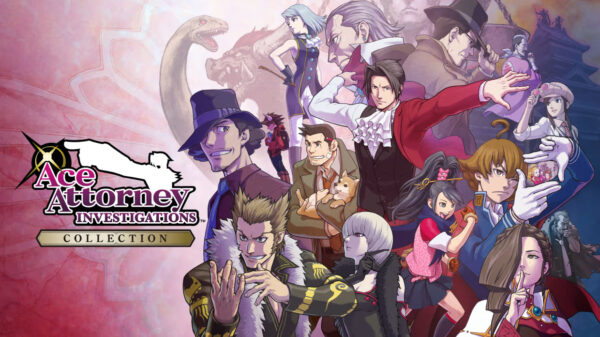
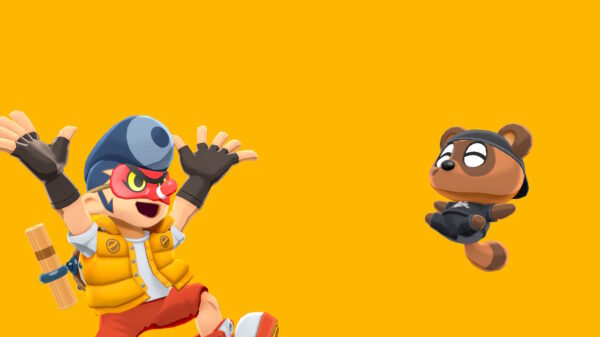
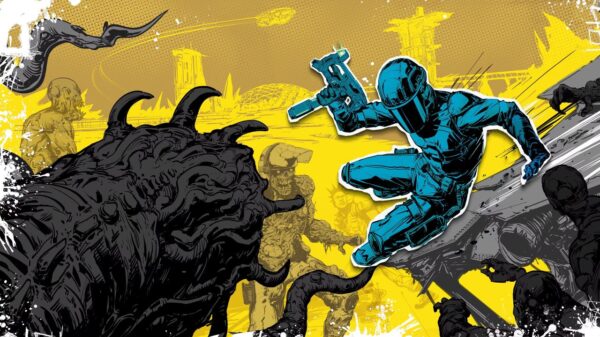


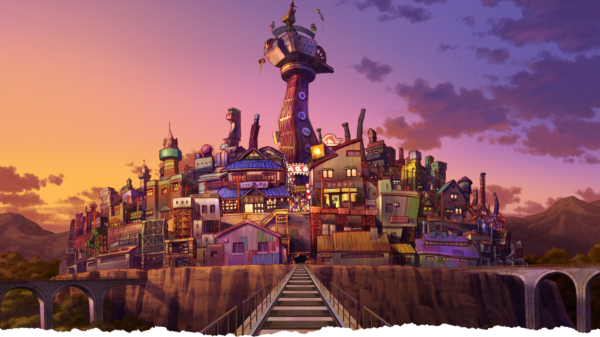




















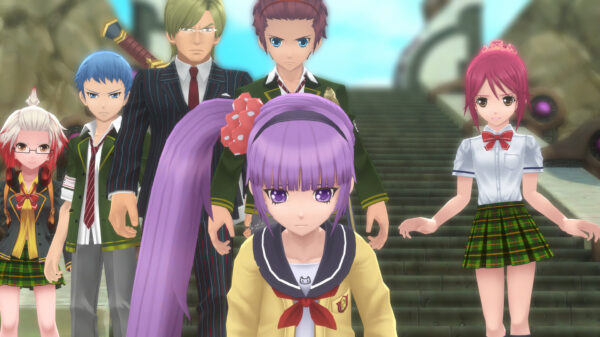
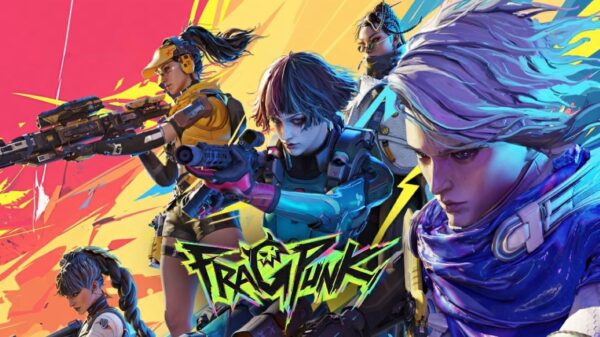
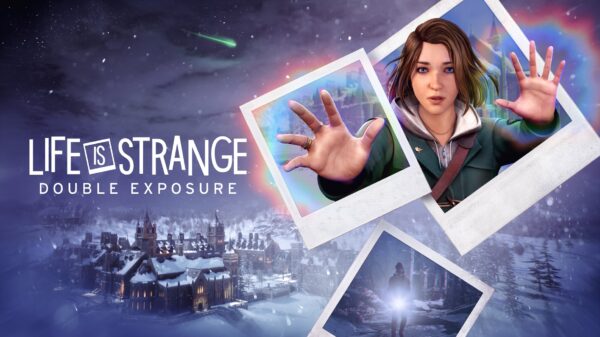
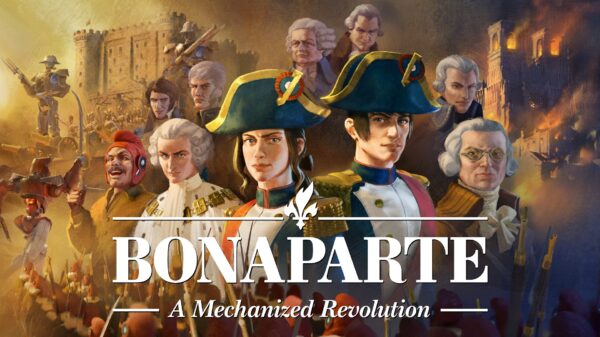
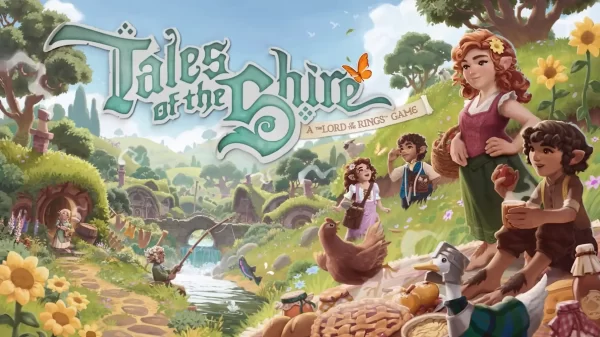
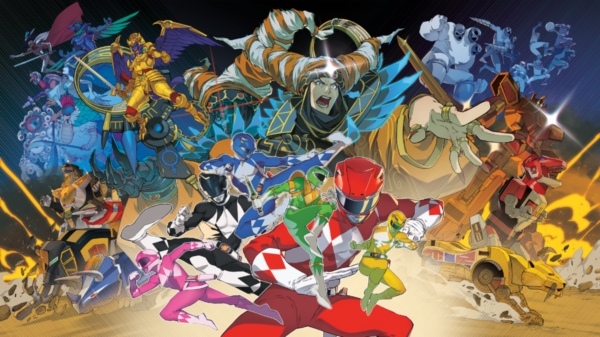
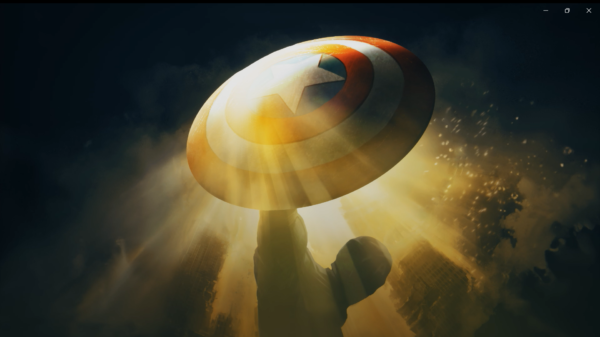

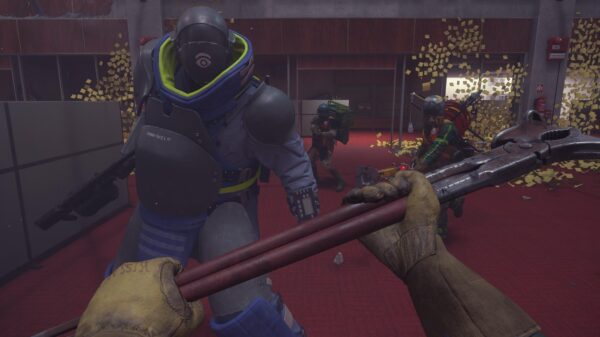
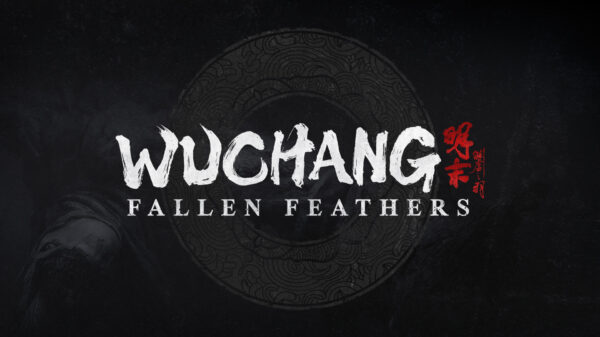
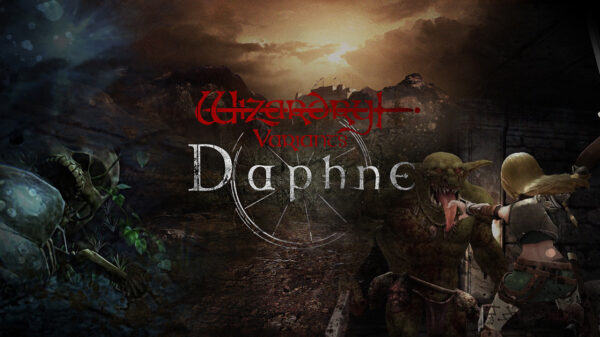
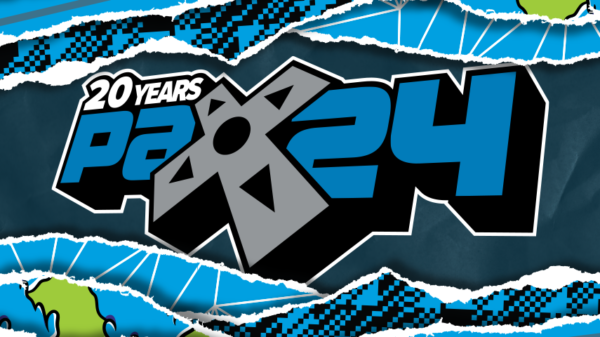
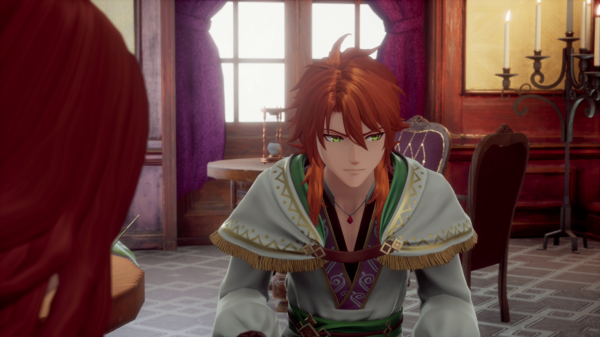



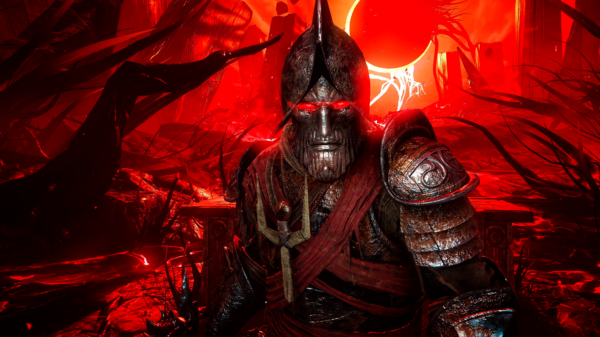
























Pingback: MonsterVine Weekly News Round-Up for the Week of 11/25/11 | MonsterVine